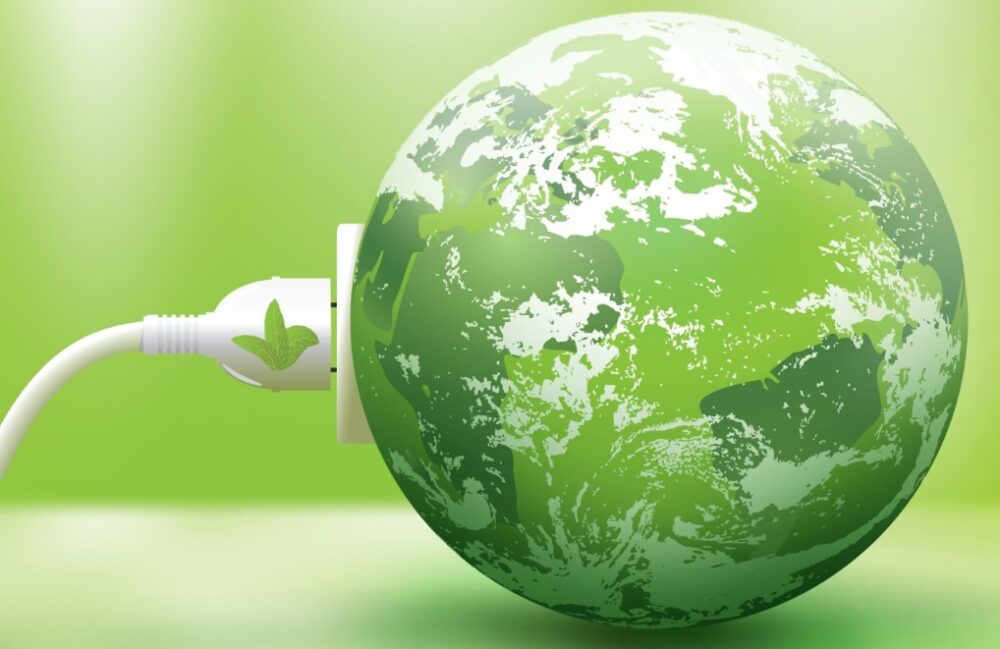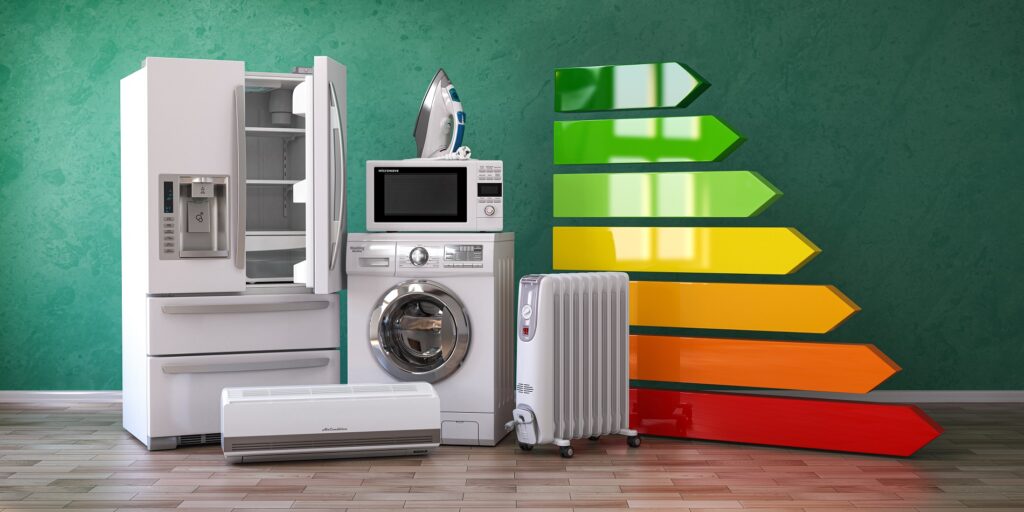Going green is more than a trend — it’s a win-win for both the planet and your personal finances. From energy-efficient home upgrades to mindful consumption, every choice you make has ripple effects. Not only do these actions contribute to a healthier environment, but also, they translate into real savings on your utility bills. Whether you’re a homeowner or renter, there exist opportunities to make impactful changes.
This article explores proven ways to make your home more energy efficient so that you can reap the benefits of cleaner air, healthier living, and a larger bank account.
How Energy Efficiency Helps the Environment

Source: theprakritistory.com
Far from being an empty slogan, energy efficiency is essential for environmental conservation and climate stability.
Here’s why it’s crucial:
- Combats climate change ─ Efficient energy use directly reduces greenhouse gas emissions, helping to mitigate the most pressing environmental issue of our time, i.e., climate change.
- Improves air and water quality ─ By reducing the demand for electricity, we lessen the pollutants that power plants emit into our air and water, contributing to a healthier living environment.
- Strengthens the electrical grid ─ Energy efficiency eases the stress on our power grid, making it more resilient and reducing the risk of blackouts.
Now that we’ve explored the environmental benefits, let’s delve into how energy efficiency can also be a boon for your wallet.
How It Saves You Money
Beyond its environmental impact, energy efficiency offers tangible financial benefits that can transform your monthly budget. By adopting smart practices, you can see a noticeable reduction in your utility bills. For instance, optimizing your home’s insulation and using a smart thermostat can cut your cooling and heating expenses by a significant margin.
The initial cost of energy-efficient appliances might be higher, but they pay for themselves through lower operational costs over time. As prices continue to climb, these savings become increasingly valuable, acting as a financial cushion against rising costs.
Moreover, the money you save can be reinvested into further eco-friendly home upgrades, creating a virtuous cycle of increasing efficiency and financial benefits. To sweeten the deal, many local and state governments offer incentives for energy-efficient improvements, giving you even more bang for your buck.
Now, let’s dive into specific tips to help you capitalize on these savings.
Practical Steps to Improve Your Home’s Energy Efficiency

Source: atticconstruction.com
Now that you understand the environmental and financial benefits of energy efficiency improvements, here are some detailed, actionable steps to help you transform your home into a haven of sustainability and savings:
- Home energy audit ─ Kickstart your energy-efficient journey with a comprehensive home energy audit. Professionals will assess your home’s power usage and pinpoint areas for improvement, such as insulation gaps, inefficient appliances, and more. This audit serves as a roadmap for all future upgrades.
- Seal air leaks ─ Tiny gaps around windows, doors, and even electrical outlets can be significant culprits of energy loss. Sealing these leaks with caulk or weather stripping can dramatically improve your home’s insulation, reducing the workload on your heating and cooling systems.
- Insulate properly ─ Insulation isn’t just for your attic. Adding or upgrading insulation in your walls, floors, and basement can have a profound impact on your overall power consumption. The initial investment in quality insulation material pays off through long-term savings on heating and cooling bills.
- Smart thermostat ─ Installing a programmable thermostat can take the guesswork out of optimizing your heating and cooling schedules. These devices learn your habits and adjust the temperature accordingly — ensuring comfort when you’re home and savings when you’re not.
- LED bulbs ─ The benefits of LED bulbs go beyond energy savings. They also have longer lifespans than traditional incandescent light bulbs, reducing the frequency of replacements, cutting down on waste, and saving you money.
- Change your energy provider ─ If your location allows, opt for an energy provider that focuses on renewable sources like wind or solar. This simple choice can significantly lower your home’s carbon footprint and sometimes comes with the added benefit of lower utility rates. An even better strategy involves installing solar PV panels on your home. Although not truly an “energy efficiency” improvement, this step allows you to generate your own free electricity without relying as much on utility providers. Companies such as energypricing.com can help compare energy rates so you can decide which one is best for you.
- ENERGY STAR appliances ─ Replacing old, inefficient appliances with ENERGY STAR-certified models can lead to substantial savings. These appliances are rigorously tested to ensure they perform as well or better than their noncertified counterparts — all while using a fraction of the energy.
- Cold water laundry and shorter dryer cycles ─ Washing clothes in cold water and opting for shorter dryer cycles can reduce power usage significantly. Some modern detergents are formulated to perform well in cold water, and less time in the dryer means less energy expended.
- Unplug devices ─ Many devices consume power even when they’re turned off, known as “phantom load.” Unplugging devices when not in use can eliminate this hidden energy drain.
- Natural light and warmth ─ Make the most of natural light by opening blinds during the day. This not only reduces the need for artificial lighting but also helps warm your home in colder months. In the summertime, you can do the opposite, i.e., close the curtains to prevent heat from entering your home.
- HVAC maintenance ─ Regularly changing or cleaning your HVAC filters and scheduling annual maintenance can keep your system running efficiently, prolong its lifespan, and reduce costs.
By implementing these tips, you’re not just making a one-time change; you’re adopting a lifestyle that prioritizes both environmental responsibility and financial wisdom.

Source: rointe.com
Conclusion
Choosing green energy efficiency is a smart move for the planet and your pocketbook. Each step you take — whether it’s sealing air leaks or choosing a green energy provider — serves as a building block for a more sustainable future. These steps not only help you save money but also align with broader initiatives to combat climate change and resource depletion.
Remember, no effort is too small — collectively, our individual actions can ignite transformative change. Are you ready to be part of this impactful journey towards a more sustainable and financially secure future?



























